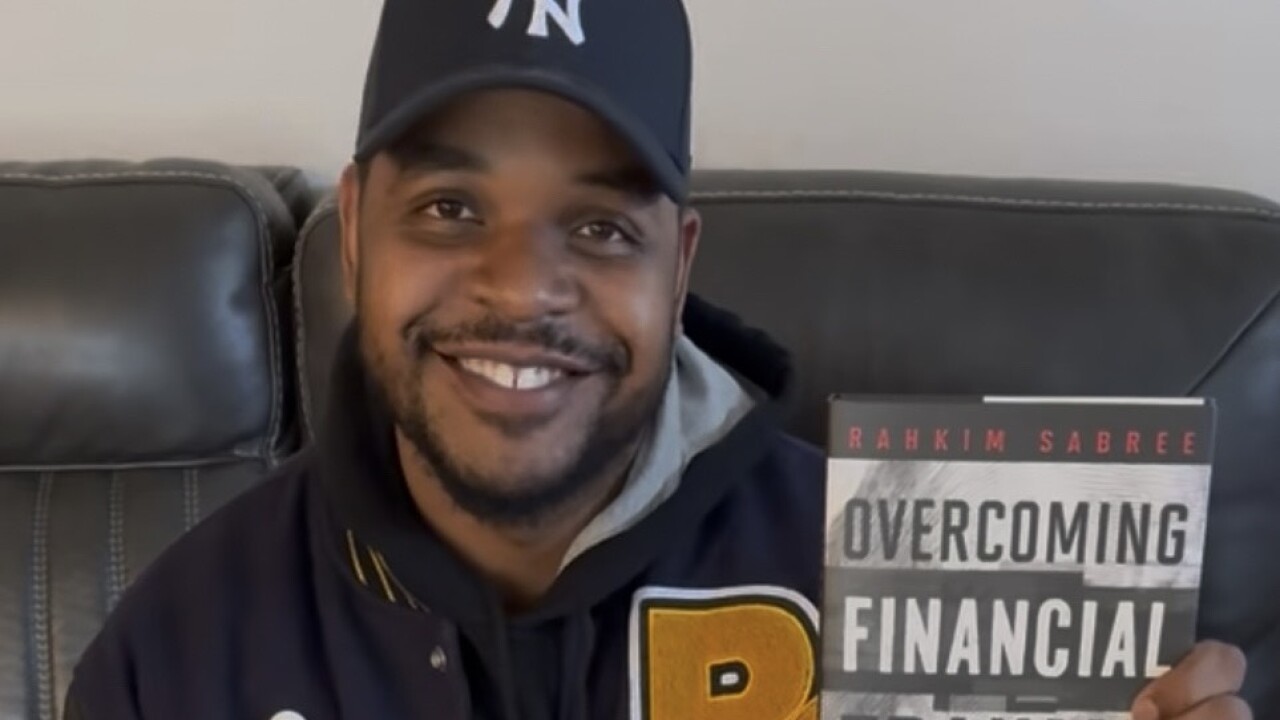Advisors can get easily swallowed up trying to sort out all the choices available that purport to give the best returns to clients’ portfolios.
John Gajkowski thinks he has the investing process with its multiple choices nailed down.
What is his secret?
During his 35 years in the business, the CFP and principal of Money Managers Financial Group in Oak Brook, Illinois, has settled on the following seven-step process to determine “the goods and bads” that come with each investment option and why some solutions best fit their needs:
1. Invest with a purpose; start with the end in mind. Most people start investing before they have a clearly identified goal in mind, Gajkowski says. This often causes them to wander financially, lose direction and ultimately miss their goals.
2. Know the time horizon. In other words, when will the client need the first pot of money? How long will those payments last or how long will they need to last?
3. Figure out where the money to invest will come from using cash flow analysis. “The key is identifying your expenditures and seeing where money is falling through the cracks. Then you want to plug those holes, and use the proceeds to help attain your goals,” Gajkowski says
4. Quantify the amount of risk the client is willing to take to achieve the desired returns.
Unfortunately, Gajkowski thinks that many advisors skip the first few steps of his process and “dive straight into providing the client with investment solutions, which often leaves the client confused and misinformed about their investment options.”
5. Figure out the best place to investment for specific goals. Help is available. Raymond James, for example, has a new technology tool, dubbed “Product Catalog.” Advisors can search, screen, compare and review financial attributes, fact sheets, analytics, and research with the option to manage custom product lists.
7. Understand the effect of taxes. Taxes will be the largest expense in retirement, says
David Hays, president-founder of Comprehensive Financial Consultants, a registered investment
adviser in Bloomington, Indiana, and the co-author of “Today’s Guide to Retirement Planning”
(AuthorHouse, 2015). “Your [individual retirement account] is never worth what it says on paper
because there is a tax against it,” he says. “Where else does it cost you 30 cents or more to use
your own money?”
8. Implement choices and review, adjusting for changes or shifts in trends. Don’t
micro-manage. “The key is, keep a longer-term focus and adjust your portfolio
for major changes and trends, not for short-term bleeps in the economy or news cycle,” Gajkowski says.
This is part of a 30-30 series on navigating the growing world of client portfolios.





